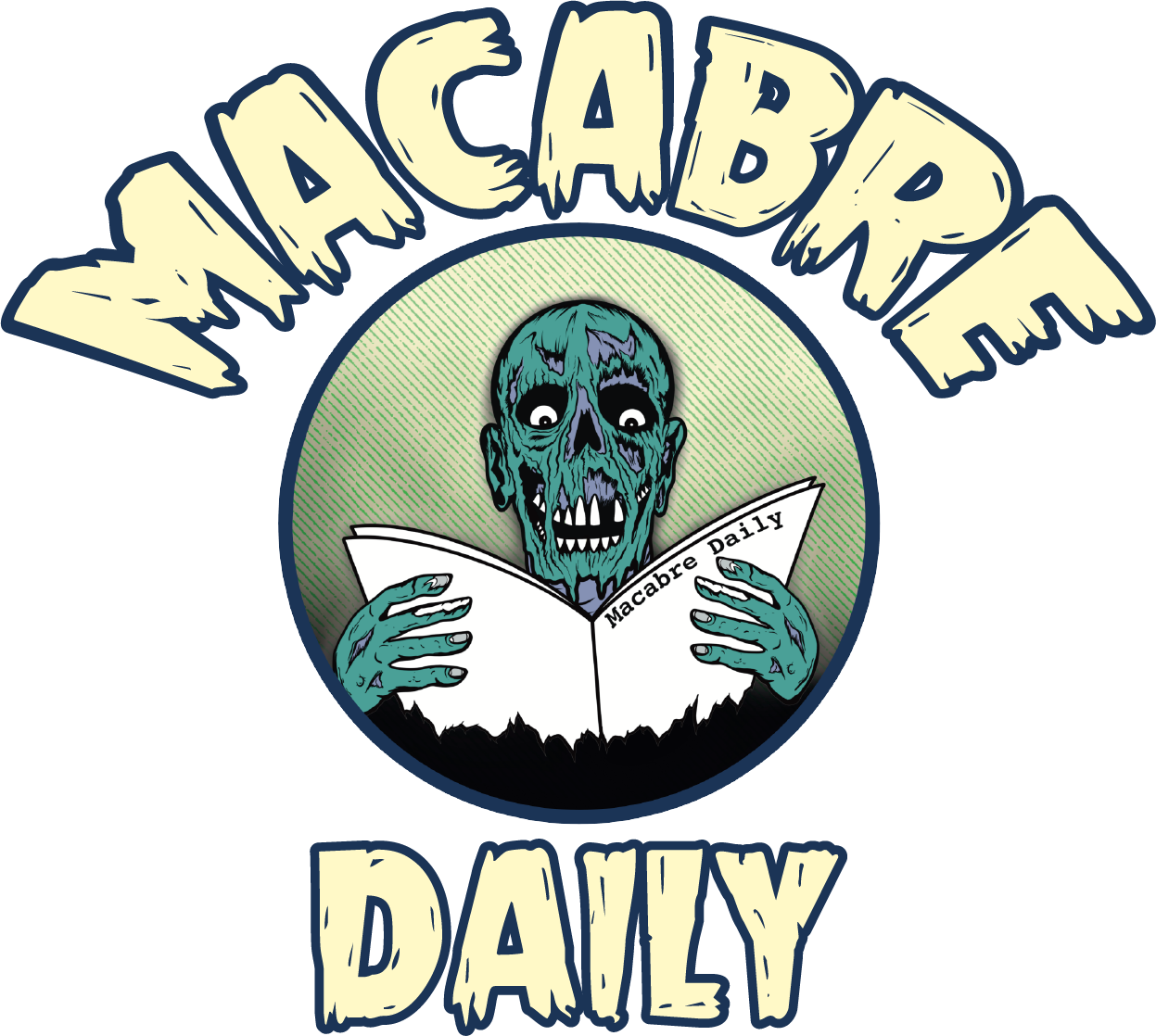Lone Wolf: Macabre Daily Tears Into Larry Fessenden’s “Blackout!”
Image: Glass Eye Pix
Saint Patrick’s Day is lousy with werewolves. If you went out in public on March 17th, chances are you’ve seen them. People who get so drunk that they enter a feral state and experience sudden bursts of rage that could harm innocent bystanders. But don’t worry. They’ll pass out and forget what they’ve done when they wake up. Does any of that sound familiar when seen through a horror lens? Larry Fessenden asks us to look through it with his latest film, “Blackout” from Glass Eye Pix and Dark Sky Films.
Has it really taken this long to make a film that draws parallels between alcoholism and lycanthropy? The werewolf who wakes up in human form and doesn’t remember their actions has been explored before, but Fessenden finds a new angle that explores small town life. Charley (an affecting Alex Hurt), is a painter from Talbot Falls, a quiet community in upstate New York. He’s a functioning alcoholic who’s getting his affairs in order. His ex-girlfriend Sharon (Addison Timlin) is concerned for him, but most of the community is distracted by the “wild animal” killing people at night. This doesn’t bode well for Sharon’s father Hammond (Marshall Bell), a local real estate developer who wants to build a resort that will most likely contaminate the land. Hammond blames blue collar laborer Miguel (Rigo Garay) for the deaths, which have the local police searching for who, or what is responsible. Meanwhile, Charley finds himself waking up in the woods, covered in blood, further complicating everything and everyone in town.
Charley (Hurt) considering his options.
If this sounds like more of an ensemble drama than a horror film, it can certainly feel that way for the first half. Fessenden makes his werewolf film distinct by combining “Winesburg, Ohio” and “Silver Bullet” to tell a story about making amends. Charley wanders through town, encountering his neighbors and speaking to them for what we suspect might be the last time. He takes a car ride with a priest (Glass Eye Pix regular John Speredakos), who tries to reach him, hopeless as it seems. And yet “Blackout” isn’t a hopeless slog. The story may be rooted in tragedy, but the town feels lived in and the supporting characters add humor and shading to Charley’s journey. It helps to have cameos by character actor MVPs Kevin Corrigan, Barbara Crampton, and James Le Gros, who carry us between bits of punctuated violence.
Speaking of carnage, it’s effective when it shows up on screen. The werewolf looks great and casts a mean silhouette courtesy of Brian Spears, Pete Gerner, and Jared Balog. Independent films are hard enough to make without including the complexities of full-body werewolf makeup, but Fessenden’s crew make something that feels classic, but unique. Universal Monster fans, in particular, will see the “Talbot” in “Talbot Falls.” There’s even a transformation scene that takes place while Charley is driving, which I can’t say I’ve ever seen before.
“Blackout” completes Fessenden’s trilogy of modern monster stories, which started with “Habit” (vampires)and “Depraved” (“Frankenstein).” Like those others, it won’t be the film some people want it to be, and that's okay. It meanders a bit, like these kinds of indies tend to do, but Hurt and the ensemble try, more successfully than not, to bring it in. There are plenty of stories that focus on the beast within (ahem), and the films of “The Howling” franchise stretch into double digits. Not many focus on those impacted by its reign of terror, but Fessenden has always served his horror with a side of pathos. Now if we can only coax that mummy movie out of him…
“Blackout” is now streaming on digital platforms and VOD.
Stay up to date with “The Dark Side Of Pop Culture” by following Macabre Daily on Instagram, Facebook, and Twitter.













